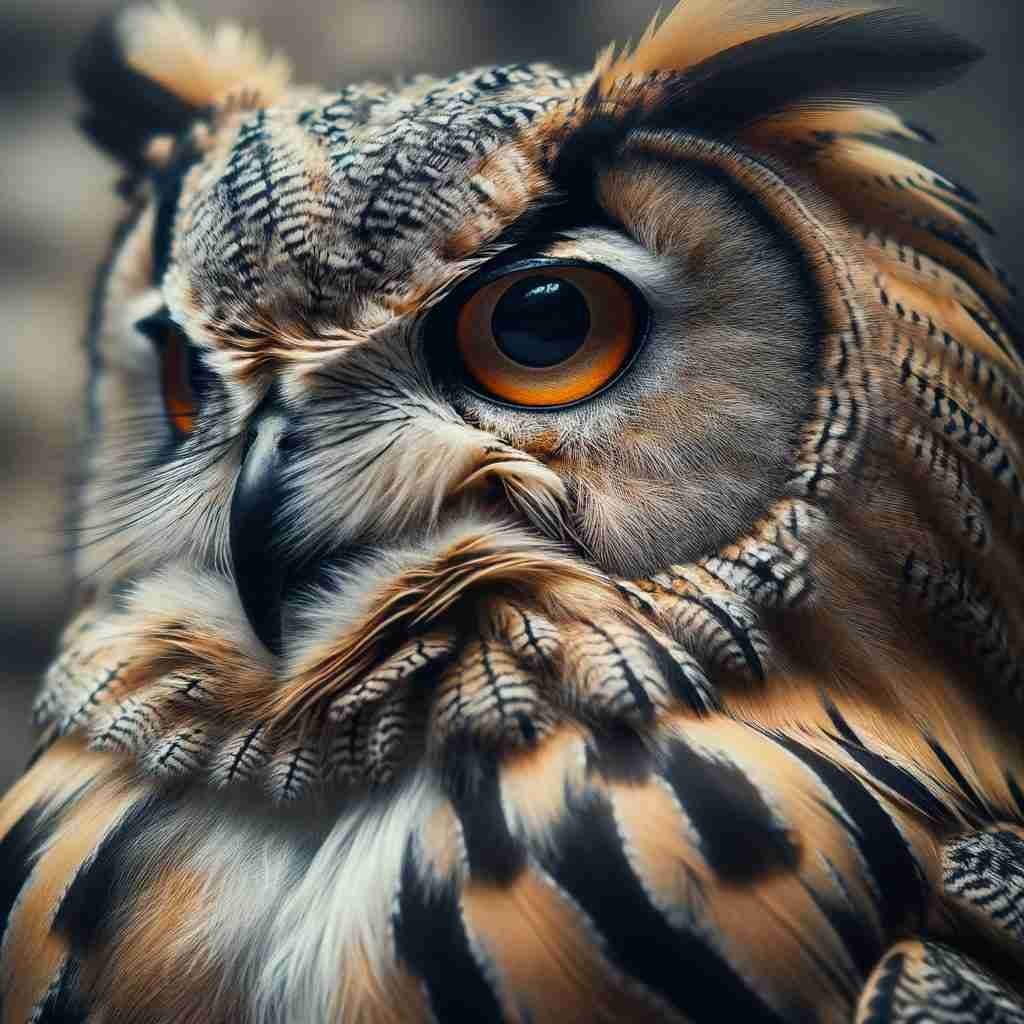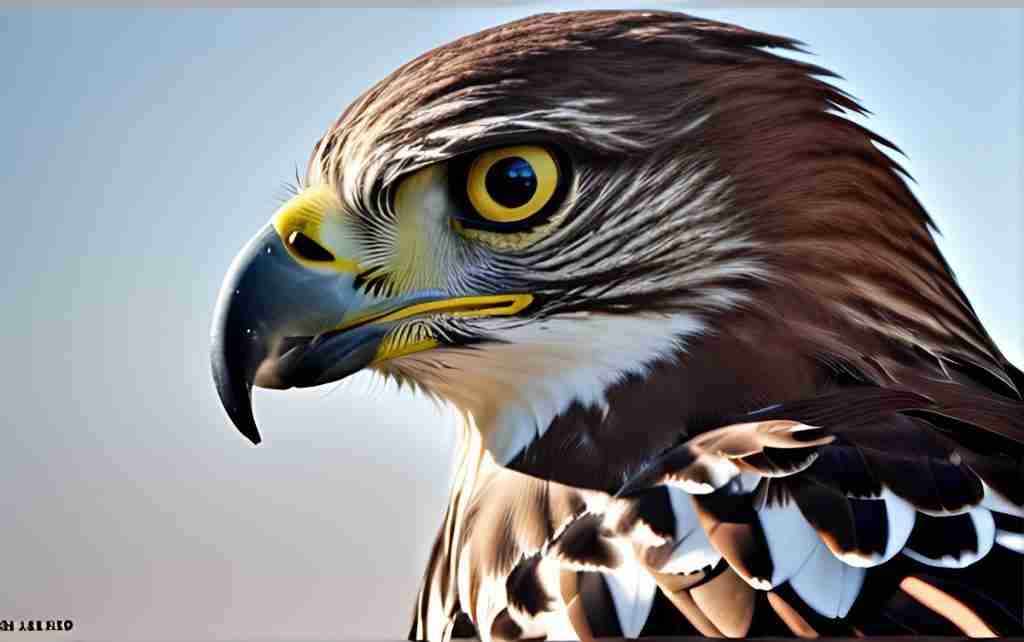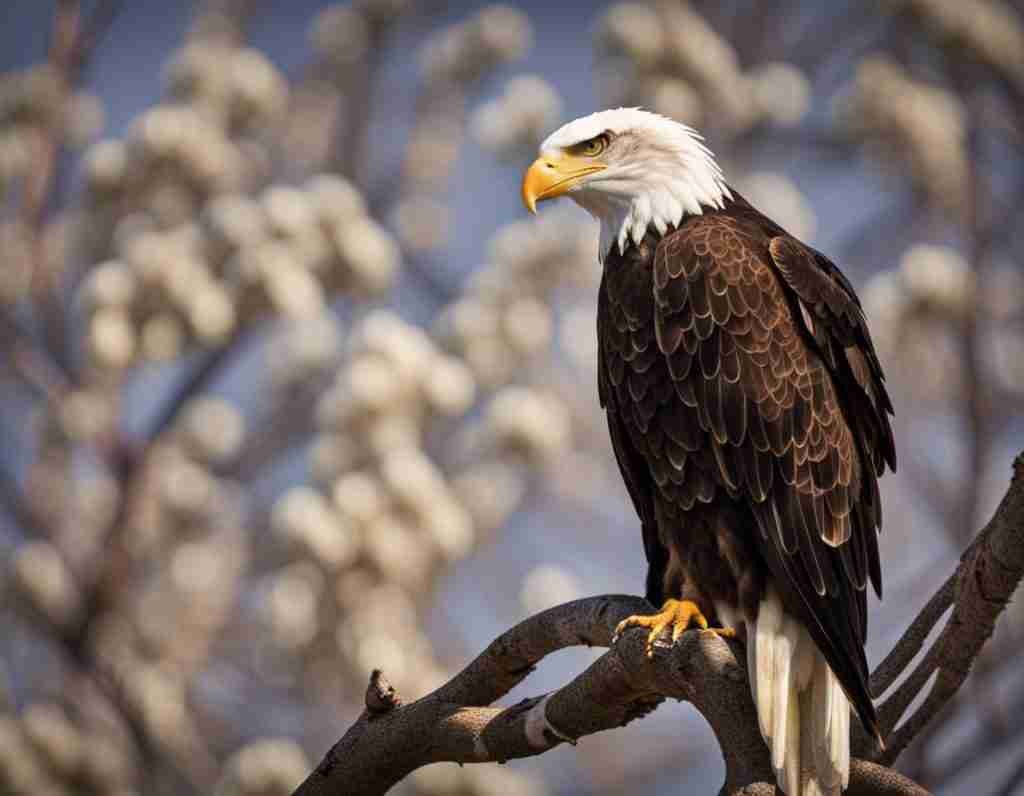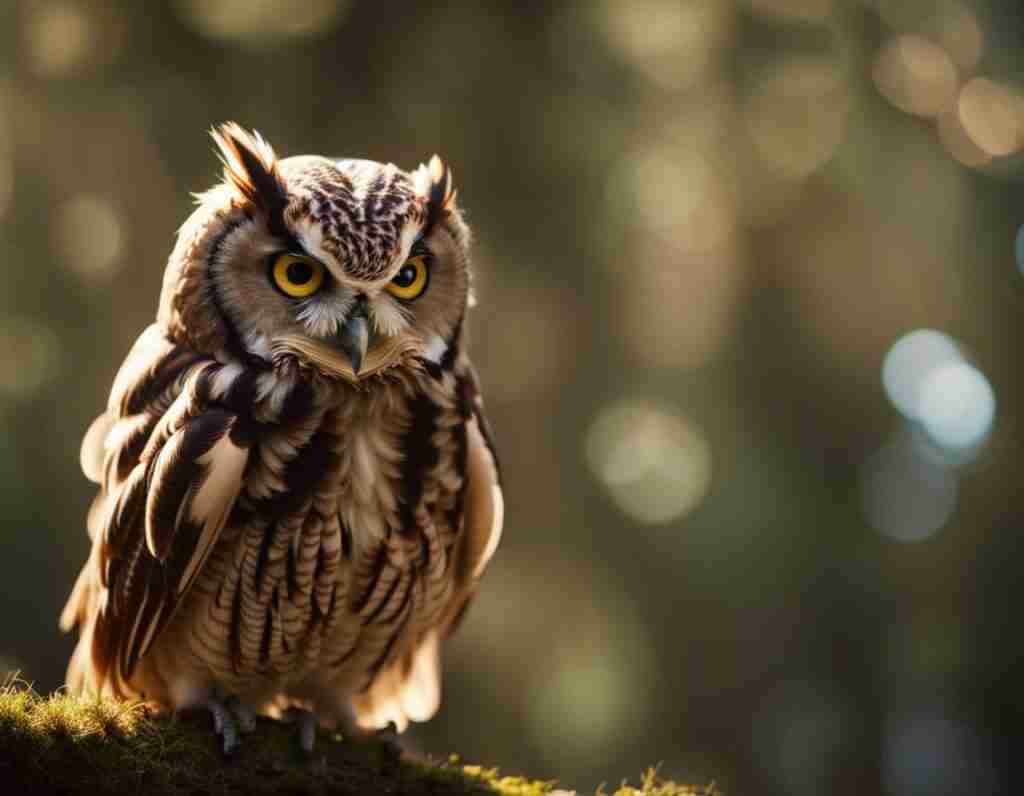Owls are fascinating creatures that possess a variety of unique characteristics that set them apart from any other bird species. From their exceptional night vision to their exceptional hearing abilities, there is much to learn and appreciate about these magnificent birds. In this article, we will explore the various traits and skills that make owls truly remarkable, shedding light on the secrets of their captivating existence. So, buckle up and prepare to embark on an enlightening journey into the intriguing world of owls.

Physical Appearance
Feathers
Owls are known for their distinct and beautiful feathers. Their feathers are soft, fluffy, and designed to allow for silent flight. These feathers also aid in insulation, keeping the owl warm in cold weather. The coloration of owl feathers varies greatly among species, ranging from muted tones of brown, gray, and white to vibrant patterns of black and orange. The patterns on their feathers serve as a form of camouflage, helping them blend seamlessly into their surroundings.
Facial Disk
One of the most recognizable features of owls is their facial disk. This disk is a collection of feathers that surround the owl’s face, forming a distinctive circular shape. The purpose of the facial disk is to help direct sound to the owl’s ears, enhancing their exceptional hearing abilities. The feathers on the disk also help to enhance the owl’s camouflage, as they resemble the bark of trees or the pattern of leaves.
Claws
Owls have powerful and sharp claws, known as talons, which they use to catch and hold onto their prey. These talons are designed for gripping and piercing, allowing the owl to maintain a firm grip on its catch. The size and strength of the talons vary among species, with larger owls having larger and more formidable talons.
Wingspan
The wingspan of owls varies depending on the species, but it is generally wide in order to facilitate efficient and silent flight. Owls have adapted their wings for stealthy hunting, with large primary feathers that allow for precise control and maneuverability. This enables them to fly silently through the air, making it easier for them to sneak up on their prey.
Nocturnal Behavior
Adaptation to Darkness
Owls are well-adapted to the darkness of night. Their large eyes are designed to gather and process as much light as possible, allowing them to see in low-light conditions. Additionally, the arrangement of photoreceptor cells in their eyes helps them to see in both dim light and complete darkness. This adaptation gives owls a significant advantage when hunting at night.
Hunting Techniques
Owls employ a variety of hunting techniques to catch their prey. Some species, like the barn owl, use a hovering technique where they fly low over an open field, listening for the rustling of small mammals. Once they locate their prey, they swoop down and capture it with their talons. Other owls, such as the great horned owl, are perch-and-pounce hunters. They sit on a perch and wait for their prey to come within striking range before swiftly swooping in for the kill.
Sleep Patterns
Due to their nocturnal nature, owls exhibit unique sleep patterns. They are most active during the night, spending their days resting and sleeping. Owls typically find secluded and secure locations to roost during the day, such as tree branches or the nooks of large tree trunks. Their ability to sleep during the day allows them to conserve energy for their active nighttime pursuits.

Vision and Hearing Abilities
Binocular Vision
Owls have excellent binocular vision, meaning they can perceive depth and accurately judge distances. This is vital for hunting, as it allows owls to accurately judge the position and trajectory of their prey even in dim lighting conditions. With their eyes located on the front of their face, owls have a wide field of view, further enhancing their hunting abilities.
Exceptional Hearing
Owls possess extraordinary hearing abilities, allowing them to pinpoint the location of their prey with remarkable accuracy. Their facial disks, as mentioned earlier, play a crucial role in directing sound to their ears. Owls have asymmetrical ear placements on their head, which enhances their ability to detect the direction from which a sound is coming. This acute hearing allows them to locate prey hidden in foliage or underground.
Silent Flight
One of the most extraordinary abilities of owls is their silent flight. While other birds produce audible wing flaps, owls have uniquely adapted feathers that reduce the noise generated during flight. The leading edge of their primary feathers has a comb-like structure that breaks up the air as it passes over the wing, minimizing turbulence and resulting in a virtually silent flight. This stealthy approach allows owls to surprise their prey and increase their chances of a successful hunt.
Diet and Digestion
Carnivorous Diet
Owls are carnivorous birds, meaning they primarily feed on other animals. Their diet consists mainly of small mammals such as mice, voles, and rats. However, depending on their habitat and size, owls may also prey on insects, fish, reptiles, and other birds. They are opportunistic predators, taking advantage of whatever prey is most abundant and readily available in their environment.
Regurgitation and Consumption of Pellets
After consuming their prey, owls cannot digest the indigestible parts such as bones, fur, and feathers. To remove these undigested materials from their stomach, owls regurgitate them in the form of pellets. These pellets contain the remains of their prey and are typically coughed up a few hours after feeding. Examining these pellets provides valuable insights into the owl’s diet and helps scientists study the populations of prey animals in a particular area.
Efficient Digestive System
Owls have an efficient digestive system that enables them to extract as much nutrition as possible from their prey. Their stomachs produce powerful digestive juices that break down the food and facilitate the extraction of nutrients. The digestion process is aided by the gizzard, a specialized part of the owl’s digestive tract that grinds and pulverizes the food into smaller particles. This ensures that the owl can extract the maximum amount of nutrients from its prey.

This image is property of images.unsplash.com.
Habitat and Range
Global Distribution
Owls can be found all over the world, with different species occupying various regions and habitats. They are present on almost every continent, excluding Antarctica. From the dense forests of North America to the grasslands of Africa, owls have adapted to a wide range of ecological niches and thrive in diverse environments.
Diverse Habitat Preferences
Different owl species have specific habitat preferences based on their feeding habits and nesting requirements. Some owls, such as the great horned owl, are adaptable and can be found in a variety of habitats, including forests, deserts, and even urban areas. Others, like the barn owl, prefer more open landscapes such as grasslands, farmlands, and marshes. Owls can also be found in mountainous regions, arctic tundra, and tropical rainforests, showcasing their ability to adapt and thrive in different ecosystems.
Reproductive Behavior
Mating Season
Owls typically have a defined mating season when they engage in courtship rituals and breed. The timing of the mating season varies among species and is influenced by factors such as food availability and climate. In temperate regions, mating season often occurs in the early spring when food sources are abundant, providing sufficient resources for both the adults and their offspring.
Courtship Rituals
During the mating season, owls engage in elaborate courtship rituals to attract a mate. These rituals involve various displays of affection, such as mutual preening, vocalizations, and aerial displays. Male owls may bring food offerings to the female as a demonstration of their ability to provide for the family. Courtship rituals also serve to strengthen the bond between the male and female, ensuring a successful breeding season.
Nesting Habits
Once a pair of owls has formed a bond, they will search for a suitable nesting site. Owls are cavity-nesters, meaning they often choose holes in trees or nooks in cliffs as their nesting sites. Some species, like the burrowing owl, even dig their own burrows in the ground. Owls do not build nests from scratch but instead use existing materials such as leaves, twigs, and feathers to line the chosen nesting site. The female owl lays her eggs in the nest and both parents take turns incubating them until they hatch.

Camouflage and Wing Adaptations
Cryptic Coloration
Owls possess exceptional camouflage, blending seamlessly into their surroundings and making them difficult to detect by both prey and predators. Their feathers often feature patterns that resemble the bark of trees or the patterns of leaves, allowing them to blend into their natural habitat. By blending in with their surroundings, owls can avoid detection and increase their chances of a successful hunt.
Feather Patterns
The intricate patterns on owl feathers play a significant role in their camouflage. These patterns, combined with the adjustability of their feathers, enable owls to change their appearance to match their background. Owls can manipulate their feathers, aligning them to create texture and shadows that enhance their camouflage. This unique ability to adjust their feather patterns allows owls to disappear into the environment, making them incredibly stealthy hunters.
Specialized Wing Structure
Owls have specialized wings that contribute to their exceptional flight and hunting abilities. The leading edge of their wings has a serrated or fringed structure, which helps to break up the airflow and reduce turbulence. This, combined with their silent flight feathers, enables them to fly silently through the air, allowing them to surprise their prey. Additionally, their broad wings and lightweight body make owls highly maneuverable, allowing them to navigate through trees and dense foliage with ease.
Unique Vocalizations
Hoots and Screeches
Owls are well-known for their hoots and screeches, which are often associated with nighttime ambiance. These vocalizations serve various purposes, from attracting mates and defending territory to communicating with their young. Different owl species have distinct vocalizations, with hoots and screeches ranging from deep and resonant to high-pitched and piercing.
Distinct Calls for Communication
In addition to hoots and screeches, owls use a range of other calls to communicate with each other. These calls can convey different messages, such as announcing their presence, signaling distress, or coordinating hunting efforts. Owls have the ability to produce a repertoire of vocalizations, which they use to navigate their social interactions and maintain their territories.
Individual Hoot Variation
Similar to humans having unique voices, owls also have individual hoot variations. Each owl’s hoot can be distinguished based on factors such as pitch, duration, and sequence of notes. This individuality in vocalizations helps owls recognize each other and identify individuals within their own species. It also aids in maintaining social bonds and identification within the owl community.

Predator-Prey Relationships
Owls as Predators
Owls are apex predators within their ecosystems, playing a vital role in controlling populations of small mammals and other prey species. Their incredible hunting abilities and adaptations make them formidable predators. Owls are opportunistic hunters, taking advantage of a wide variety of prey to sustain themselves and their young.
Primary Prey Items
The primary prey items for owls are typically small mammals, such as mice, voles, and rats. These small mammals are abundant and provide a high-energy food source for owls. However, depending on the owl species and habitat, their prey can include a wide range of animals, including insects, fish, reptiles, and even other birds. Owls have a diverse diet, allowing them to thrive in different environments and adapt to changing food availability.
Interactions with Other Predators
While owls are skilled predators, they are not immune to predation themselves. Larger predators, such as eagles and other raptors, pose a threat to owls. Owls have evolved various strategies to avoid predation, including camouflage, stealthy flight, and choosing secure nesting sites. Owls may also engage in aggressive behaviors to defend themselves and their territories from potential predators.
Various Owl Species
Barn Owl
The barn owl is one of the most widespread owl species, found on every continent except Antarctica. It has a distinctive heart-shaped facial disk and a pale, ghostly plumage, allowing it to blend seamlessly into its surroundings. Barn owls often make their homes in abandoned buildings and barns, hence their name. They are highly adaptable birds and can be found in a variety of habitats, from open grasslands to dense forests.
Great Horned Owl
The great horned owl is one of the largest owl species in North America. It possesses prominent ear tufts and striking yellow eyes. The name “great horned owl” refers to the tufts of feathers on its head, which resemble horns but are not actually horns. Great horned owls are highly adaptable and can be found in a wide range of habitats, including forests, deserts, and even urban areas.
Snowy Owl
The snowy owl is a majestic bird that inhabits the Arctic tundra. It is well-adapted to the harsh, snowy conditions of the Arctic and has a unique white plumage that helps it blend into its snowy environment. Snowy owls are highly migratory, traveling long distances in search of food during the winter. They are skilled hunters and have been known to take down prey as large as lemmings and hares.
Eurasian Eagle Owl
The Eurasian eagle owl is one of the largest owl species in the world, with a wingspan that can exceed six feet. It has striking orange eyes and tufts of feathers on its head. The Eurasian eagle owl is a formidable predator and primarily feeds on small mammals. It often nests on cliff ledges or in abandoned buildings, and its deep hoots can be heard echoing through the night.
Burrowing Owl
As its name suggests, the burrowing owl is unique among owls for its habit of burrowing underground. These small owls dig their own burrows or repurpose the burrows of other animals. Unlike most owls, the burrowing owl is diurnal, meaning it is active during the day. It is known for its amusing bobbing motion and distinctive calls. Burrowing owls can be found in North and South America, inhabiting prairies, deserts, and agricultural lands.
In conclusion, owls possess a fascinating array of unique characteristics that enable them to thrive in their nocturnal environment. From their exceptional vision and hearing abilities to their silent flight and specialized hunting techniques, owls have evolved to become skilled predators. Their physical adaptations, diverse diet, and habitat preferences make them adaptable birds that can be found in various ecosystems around the world. Whether it be the barn owl, great horned owl, snowy owl, Eurasian eagle owl, or burrowing owl, each species brings its own distinct traits and adds to the beauty and wonder of the owl family.



Pingback: A Guide to Sparrow Identification